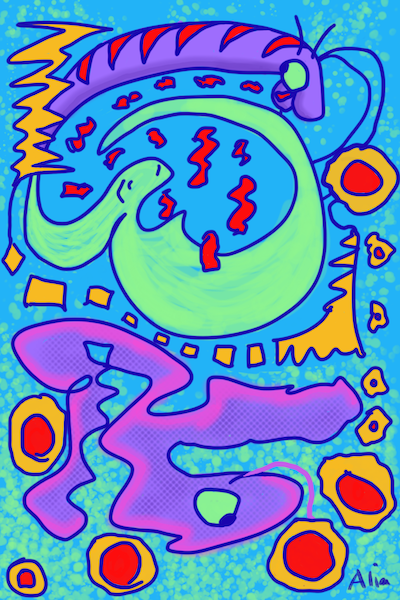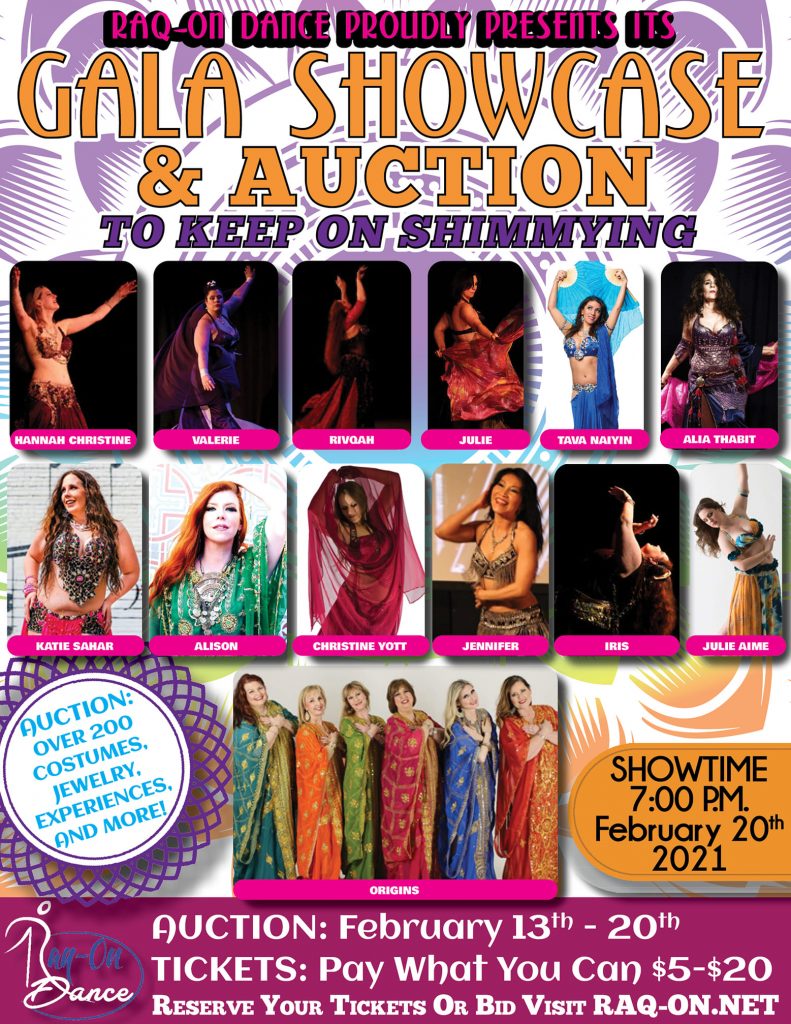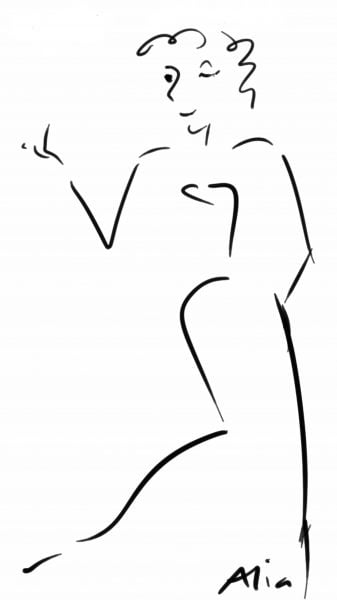It’s not so much recording the video—most of us have phones that will do it, or laptop or computer with a webcam—it’s the agony of having to look at the video afterwards, and knowing that one could not possibly let other people see it.
There is a lot of nitpicking, shaming, and perfectionism in the belly dance world. We look at our videos and see all the things we don’t like. The idea of putting a video out there for others to trash-talk—not so exciting.
But it is to our advantage to move past this this self-censorship. I have mentioned that for most of my life—from the very first time I saw myself on film, actually—I was mortified, cringing in shame upon viewing any recording of my dance.
Not any more.

So I have some ideas about how to dance for the camera, and how to survive looking at the video afterwards. Today we’ll look at…
Preparation!
Camera
A webcam is fine. A phone is fine. A point-and-shoot camera that records is also fine, but you will want to be careful in your test shots (below) to know exactly where you can be and how much space the camera sees, because you will not have a monitor. I usually use a webcam and zoom.us to make my low-bar videos.
Space
Just looking at the room may not be enough. You have to use the camera to see exactly what it will see. How much of the space shows up. Where you have to stand to be in the frame. If you will post on Instagram, there is a very small radius in which you will be visible.
Do some test drives with your setup to make sure it will work, to see if there is any clutter you didn’t notice but that sticks out on the film and so forth.
Lighting
Lighting is everything. If you can record outside in the daytime, preferably in the shade, you will probably have plenty of light, but everywhere else, you may need to supplement. As part of your prep, notice the light and shadows on you and adjust accordingly.
You want light from both sides (or at least one), and/or light on your face, so there are no unsightly shadows ; ). I use a softbox studio light and a desklamp with a translucent shade and a daylight bulb in my dance space, since I do a lot of video for classes. But even putting a daylight floodlight in a clamp lamp can help—just use a white cloth as a diffuser to soften the glare.
Music
Make sure that it’s set up and ready to go. Make sure with your test shots that the music sounds good on the video. If it doesn’t, ask me, and I will write more about this.
So far, so good?
That’s all technical stuff. But what about the personal stuff? The getting out there? The being seen? We’ll talk more about that next week. AND we have a class for that ; ) Scroll down…
All my love,
Alia
PS This Saturday, please join me for Amity’s Fundraising Auction and Gala Showcase! I would consider your help a personal favor. Thank you!

As promised, here is a peek at the Spring Calendar!
.
Small Group Coaching Series!
How to Dance (or Speak) for the Camera 12 weeks, March 7-May 29, 2021 (Only 10 spaces available. Earlybird now open). Learn to feel relaxed and natural, to find your voice, and to create a vibrant on-camera experience.
ACE: Artist’s Creative Expression Mastermind (coming soon)
ACE is your accountability buddy for any kind of creative goal: dance, improvisation, a prop, painting, costume making, writing, marketing, establishing boundaries, speaking your mind. Wherever you want to focus, we are here for you.
Focus on the Feeling: A Dancer Empowerment Program
Coming in June….
Upcoming FUN Class Deep Dives:
Alchemy: Transitions in Oriental Dance
Learn how to transform intuitively from one move to another.
Boom! Musicality for Oriental Dance.
Textures, timbres, timing, and YOU!
Music! here’s a long live version of Simon Shaheen’s Blue Flame






No comment yet, add your voice below!